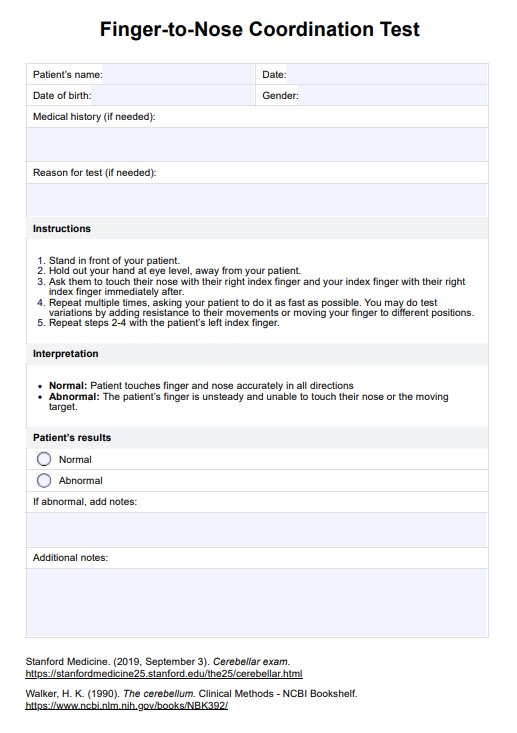By age 1, most children have developed between 6 to 10 primary teeth, with the lower and upper central incisors typically being the first to erupt around 6-10 months of age. However, the exact number of teeth present at one year old can vary, as some children may have fewer or more teeth depending on their individual development.

Primary Teeth Chart
Use our Primary Teeth Chart template to track baby teeth eruption and ensure proper dental care, setting a foundation for lifelong oral health.
Primary Teeth Chart Template
Commonly asked questions
When a baby's tooth falls out, it is a normal part of the child's dental development. Parents should gently clean the area with a clean, damp washcloth and monitor for any signs of bleeding or infection. If the bleeding persists or the child experiences significant discomfort, consulting with a pediatric dentist is recommended. In most cases, the gap left by the fallen tooth will close as the permanent tooth erupts in its place.
The normal order of baby teeth eruption is as follows: first, lower central incisors, upper central incisors, upper lateral incisors, lower lateral incisors, first molars, canines, and second molars. This sequence may vary slightly from child to child, but the general pattern remains consistent. By age 3, most children have developed a complete set of 20 primary teeth.
EHR and practice management software
Get started for free
*No credit card required
Free
$0/usd
Unlimited clients
Telehealth
1GB of storage
Client portal text
Automated billing and online payments











